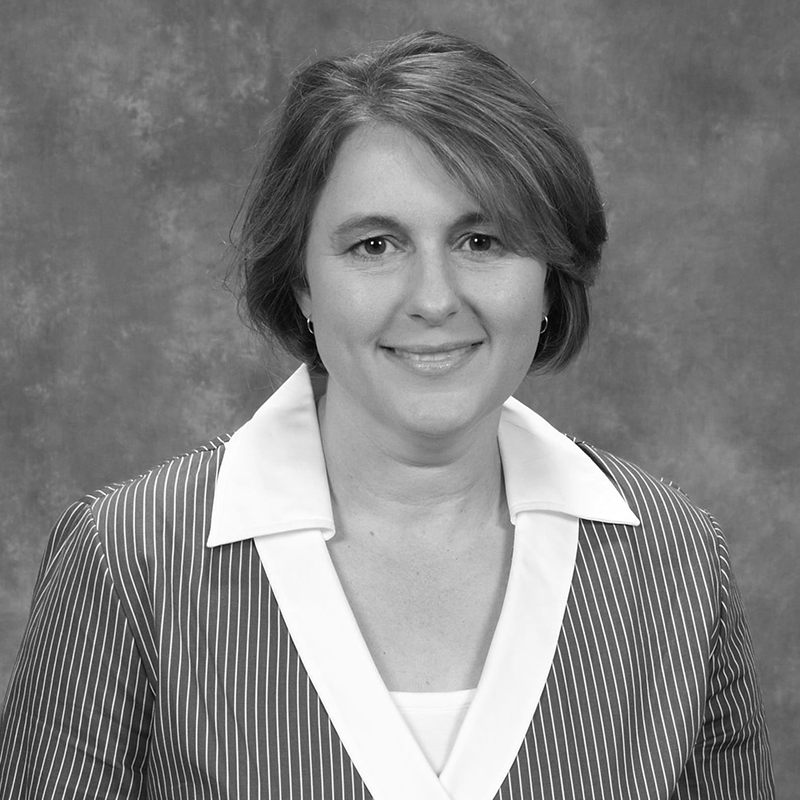As leaders, we create the WE for our teams, building a safe space, a sense of belonging and a group of peers with whom we will achieve great things.
A few years ago, my oldest child shared that they were transitioning and would prefer to use a new name and new pronouns (she, her, hers). I did what any parent would do, I offered my support and honored her as best I could, and committed to doing my best to use her new name and pronouns. All the while stamping down the panic because, as any mom of more than one child knows, you never get their names right on the first try, even when you are looking straight at them!
But as I focused on honoring her new she / her pronouns, I also needed to remember the pronoun I had always prioritized for my family and my children – WE. As a family, we valued one another, learning and education, doing the right thing, putting in hard work, giving back and caring for others. Beyond that, we were in everything together, we were a team and we had each other’s backs – no matter what. There was no doubt that being the best and most authentic version of herself mattered, but my most important task was to make sure that she knew that the one pronoun that she would never lose was WE! And I needed to make absolutely sure that WE was something she would always want to be a part of.
That epiphany I had as a parent came back to me the other day as I took on a new leadership role. As I glanced around my zoom dashboard, seeing my new team and their pronouns, I reflected again on the importance of WE and my role in building and supporting it.
As leaders, we create that WE for our teams, building a safe space, a sense of belonging and a group of peers with whom we will achieve great things. It is not enough to simply support your direct reports (individual hes, shes and theys), you must also nurture the WE. Doing so requires fostering kinship, strengthening their connection to purpose and building a culture that supports the team. Here are some things that I try to remember as I nurture and unlock the full potential of my teams:
Purpose, Vision & Values
The foundation of your organization is its purpose, vision and identity, and it is what a colleague of mine, Wil Davis, refers to as the Noble Why. The Noble Why, is the reason your organization exists, and Wil would posit that only when our personal WHY and the company’s WHY align that people are truly engaged. If your team can connect to a higher organizational purpose, a strong set of core values that they live out together, they are more engaged, perform at a higher level and are much less likely to leave. In fact research demonstrates that it is one of the strongest drivers of engagement, unlocking courage and resilience, increasing the likelihood that teams will go the extra mile..
Consider the US Army Rangers who “lead the way” and commit to “no man left behind.” Rangers connect to this because it defines what matters most. And because they have seen their leaders live it day in and day out, even under the most challenging of conditions, that they know it is real. Rangers lead from the front and ALWAYS go back for an injured comrade. It is an uncompromising truth of how they live, who they are and what they do.
You may not be leading a military elite force, but you are leading a group of human beings who have that same underlying need to feel they are part of a shared purpose, joined by core values, and delivering on a greater mission. As their leader, it falls to you to nurture and strengthen that connection, ensuring that you actively model those values and prioritize delivering on your organization’s why.
But, this “why” can’t be like so many corporate visions – platitudes that do not drive leader actions day in and day out. In order to effectively define who WE are and what WE do, it must truly guide observable actions and decisions
High Standards
The 1980 US Olympic hockey team (touted as the The Miracle on Ice) did the impossible, driven, in part, by the standards set by their leadership. Their coach articulated a challenging (some might say unattainable goal) and laid out clear but uncompromising expectations for the performance required to achieve it. The kind of expectations set forth in this program are ones that the best leaders establish – defining clearly what good work, good results and good teamwork looks like.
No one gets excited about being mediocre. Start by putting forward what Jim Collins would describe as a big hairy audacious goal (BHAG), a key practice that separates high performers from the rest of the pack. Just as important is co-creating your plan to deliver it, so that you build buy-in across the team.
Professional Excellence
We might prioritize staffing critical projects with our most skilled individuals. But research shows that a team of average performers that have both high standards of performance and work together well will outperform a group of individual stars who don’t. Isn’t that what happened with the Miracle on Ice Team? These were not the absolute best hockey players, but they were very good individual players who were committed to working hard individually and to working as a team above all else. The team constantly pushed one another to deliver new personal best performances while working together to deliver even better team performance. While their leaders and coaches set high standards, it was the work ethic and team focus that drove the constant improvement that enabled them to reach their goal.
As leaders, we need to staff our teams appropriately, so that each team has the critical skills and capabilities they need to deliver. But, we must also make sure that we recognize and develop in team members the professional excellence needed to go above and beyond as both individuals and team members in order to deliver on their BHAGs..
Kinship and Trust
Strong teams also build a deep camaraderie with underlying loyalty and trust, giving one another the benefit of the doubt when circumstances are challenging. Much like a close-knit family, members of the team share credit and opportunities, reveling in the successes of their teammates and pushing for teammates’ successes as much as for their own. There is joy in one another’s success, encouragement in their challenges, a culture of coming together to help when they struggle, and, underlying it all, a genuine affection for one another. I refer to this deeply loyal and supportive culture as kinship.
Leaders who build kinship fiercely defend their teams, create a sense of community, provide transparency and build trust. They not only build an environment of psychological safety, but go beyond that, encouraging camaraderie, commitment, and trust among members of the team. They share credit and opportunities generously across the team and encourage the team to do so as well. They genuinely care for their teams, ensuring members have strong, respectful relationships and care for one another.
Attribute credit, be cautious with blame
Lastly, in order to create a strong sense of community, team members should value and respect one another’s contributions, trust one another, and offer one another the benefit of the doubt in times of uncertainty. When challenges or problems arise they do not blame other team members, instead focusing on working together to solve the problem. They should share credit generously, but when things go wrong both the leader and other team members must resist the opportunity to point fingers, instead allowing the leader and/ or the team as a whole (leader included) to accept responsibility and develop a planned response.
As leaders, we have a great opportunity with our teams. We have the opportunity to nurture our teams, ensuring they are individually and collectively stronger as a result of their shared identity. Yes, we must value each person as an individual, but we must also recognize how important it is that we give them an extraordinary WE that they are proud to belong to as well.

Melissa Norcross
Co-Founder and Chief Strategist
As a former Chief Strategy Officer and veteran operations and strategy consultant for firms including McKinsey & Company, Melissa’s work spans industries and the globe. Melissa has worked with organizations ranging from Fortune 100 companies to non-profits as well as private-equity funded turn-arounds. Melissa facilitates peer networks of senior executives in the digital and technology space through Collaborative Gain’s Councils. Melissa holds a BS in Engineering from MIT, an MBA from Harvard Business School, and a Ph.D. in Values-Driven Leadership, Corporate Social Responsibility, and Sustainability from Benedictine University’s Center for Values-Driven Leadership.
Learn more about Melissa here.
Are You Leading For Peak Performance?
Take this short assessment to gain insights on the kind of culture you’re fostering, how your leadership is impacting your team’s performance, and if you’re creating a great place to work.
Are you interested in learning how to lead your business through positive change? Click here to schedule an appointment.


